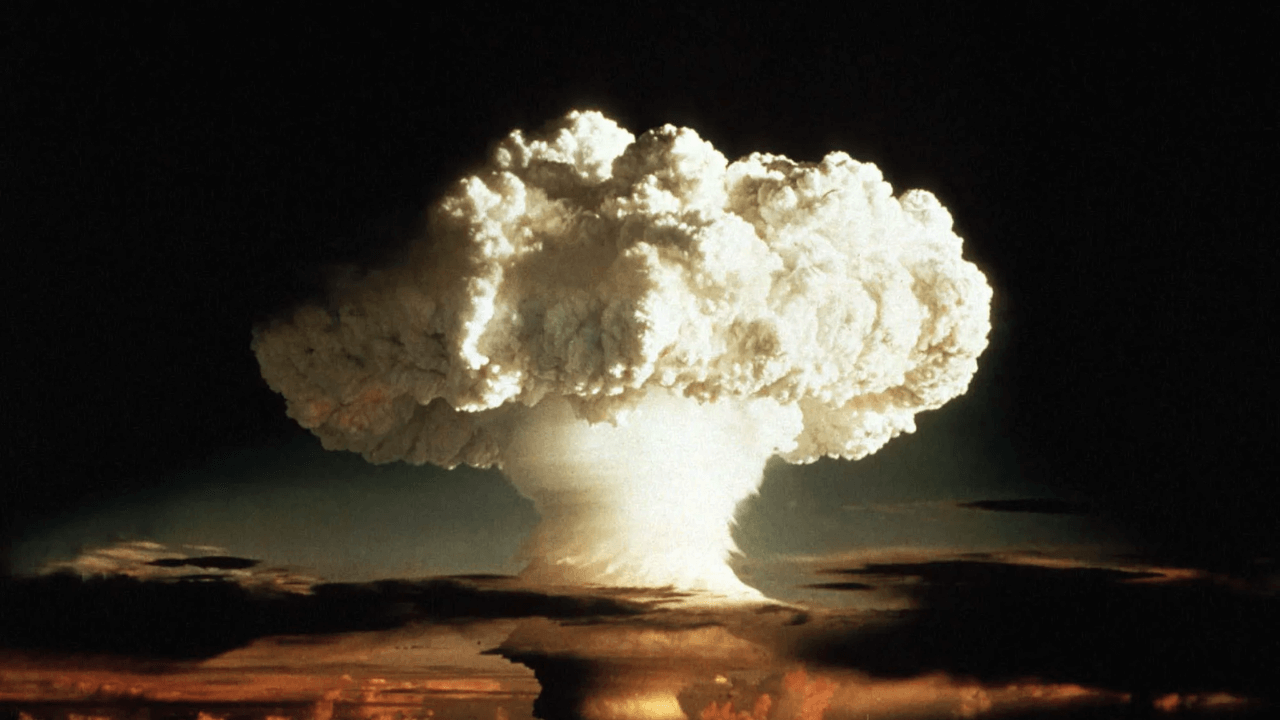International Day for the Total Elimination of Nuclear Weapons 2023
Every year, on September 26th, the world marks the International Day for the Total Elimination of Nuclear Weapons. This annual event serves as a solemn reminder of the grave danger posed by nuclear armaments and the pressing need for their complete removal. Its primary purpose is to educate both the general public and world leaders about the numerous advantages of eliminating these weapons and the far-reaching social and economic consequences of their continued existence.
A Worldwide Push for Peace
The UN’s Dedication
In 2013, the United Nations General Assembly (UNGA) took a significant step by designating September 26 as the International Day for the Total Elimination of Nuclear Weapons, also known as Nuclear Abolition Day. The primary goal of this day is to raise global awareness regarding the serious threat posed by nuclear weapons and underscore the necessity of their complete eradication.
Paving the Way for a Nuclear Weapons Convention
UNGA Resolution 68/32, which established this day, also highlights the importance of progress toward a comprehensive nuclear weapons convention. Such an agreement would involve nuclear-armed nations in a collective commitment to outlaw and eliminate nuclear weapons while subjecting them to rigorous and effective international oversight.
Reflecting on a Precarious Past
The 1983 Near-Miss
September 26 also holds historical significance as the anniversary of a harrowing incident in 1983 when the world came perilously close to nuclear conflict. A malfunction in the Soviet nuclear weapons early warning system erroneously detected a US ballistic missile attack on Moscow. This near-catastrophic event is vividly portrayed in the acclaimed docu-drama, ‘The Man who Saved the World,’ serving as a stark reminder of the grave consequences of nuclear arsenals.
A Longstanding Quest for Disarmament
The Early Struggles
The journey toward nuclear disarmament has a lengthy and illustrious history, beginning in 1946 when the General Assembly’s inaugural resolution tasked the Atomic Energy Commission with developing proposals for controlling nuclear energy and eliminating not just atomic weapons, but all major weapons capable of mass destruction.
A Shift in Priorities
By 1959, the General Assembly had officially endorsed the goal of general and complete disarmament. This commitment gained further traction during the first Special Session of the General Assembly Devoted to Disarmament in 1978, recognizing that nuclear disarmament should be the paramount objective in the realm of disarmament.
Recent Developments
The Prohibition of Nuclear Weapons
The arms-control landscape achieved a significant milestone on July 7, 2017, with the adoption of the Treaty on the Prohibition of Nuclear Weapons. This treaty is of immense significance as the first multilateral legally-binding instrument for nuclear disarmament negotiated in two decades.
The Demise of the INF Treaty
However, the quest for disarmament encountered a setback on August 2, 2019, when the United States withdrew from the Intermediate-Range Nuclear Forces Treaty, marking the end of an era. The treaty had previously seen both the United States and the Russian Federation commit to the elimination of an entire class of nuclear missiles.
Conclusion: International Day for the Total Elimination of Nuclear Weapons 2023
The International Day for the Total Elimination of Nuclear Weapons serves as a rallying cry in a world shadowed by the looming threat of nuclear annihilation. It underscores the urgency of global collaboration to rid the planet of these deadly weapons and serves as a stark reminder of the fragility of a world armed with nuclear arms. As we look to the future, the pursuit of peace through disarmament remains an imperative that should guide the actions of nations worldwide.
- Indian Bank Recruitment 2025 Out for 1500 Apprentice Posts
- Indian Bank Apprentice Salary 2025, Pay Scale, Salary Structure
- Indian Bank Apprentice Syllabus & Exam Pattern 2025, Check Details
- Railway RPF Syllabus 2024, Check Exam Pattern, Topic And Syllabus
- SSC JE vs RRB JE, Which Is Better? Know Detailed Comparison

